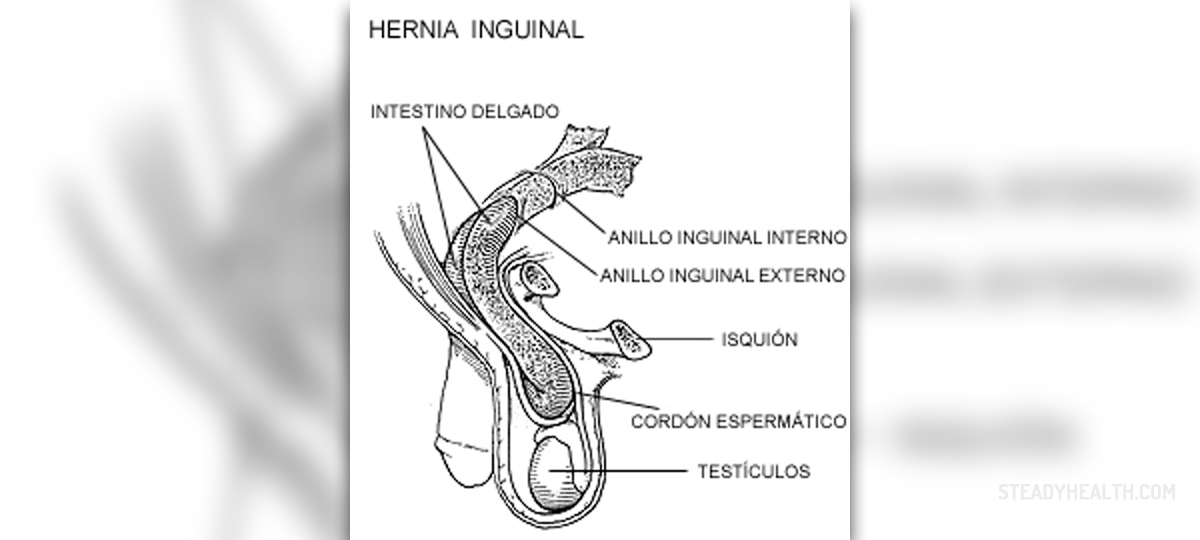
A hernia is a condition that manifests itself with abnormal movements of the body's content. The said content bulges out of its normal area, usually a person's lower torso. Although they can be asymptomatic, they carry no small amount of risk, which may result in a need for a surgical intervention. The most common risk involves cutting off the blood supply to the hernia content.
There are multiple types of hernia in the lower torso. Some of them are Inguinal, femoral, umbilical, incisional, spigelian, obturator and epigastric hernias.
For instance, inguinal hernia can be direct or indirect. An indirect inguinal hernia traces the pathway that the testicles made during the fetal progression. There are known cases where it can penetrate into the scrotum. A direct inguinal hernia, on the other hand, presents itself a bit deeper within the abdominal wall, in a slightly thinner area. Another difference between the two is that an indirect hernia may appear at any age, while a direct inguinal hernia usually appears in middle-aged and elderly individuals.
An umbilical hernia is fairly common and is usually apparent from birth. It is recognized as a characteristic protrusion of the bellybutton. These protrusions normally retract themselves before birth, but there are cases where the retraction is not complete. The hernia itself oftentimes subsides during infancy, but some of the larger examples can require a more direct measure.
Spigelian hernia is an uncommon type and it can be found tracing the rim of the muscle called rectus abdominous, on the side of the middle abdomen.
As a general guideline, regardless of the type of hernia, it is probably best to have it removed.
As for the treatment, it varies depending on a number of criteria. First of all, it is important to determine if the hernia is reducible or not. There are cases where the removal is not an option, due to a special condition that makes a surgery potentially dangerous, be it the condition of the patient or of the hernia itself. This type of hernia still has to be dealt with. One of the ways to do this is by using abdominal binders.
If the hernia is irreducible, immediate treatment is necessary so as to avoid a strangulating effect. This is done through a surgical procedure. If, however, the strangulation took place, there is a possibility that the content in question becomes gangrenous, which should also be treated without delay.
It can happen that an irreducible hernia does not present an emergency. If after a long period of time no signs of strangulation appear, the condition can be addressed without extreme measures.


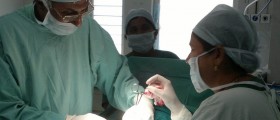
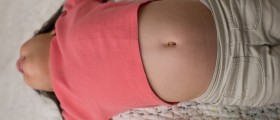

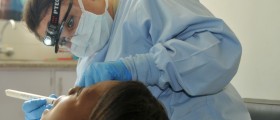



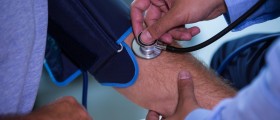


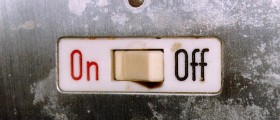




Your thoughts on this
Loading...